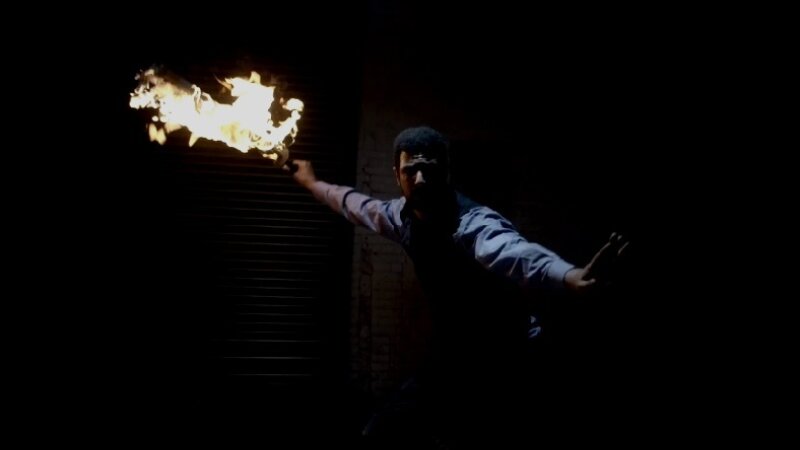Pluto: Three Billion Miles and Counting
Until a few weeks ago, the incredible three billion miles between us and Pluto meant that our best view of the planet came from the Hubble Space Telescope. Even with its optics and history for awe-inspiring images, she was just too small, too far away, and Hubble showed simple, unrevealing light and dark pixels. Now all that has changed.
On 15 July, decades of work and 85 years of dreaming were realised in amazing style when, after travelling for nearly ten years at an incredible 13km per second towards its target, NASA’s New Horizons probe reached the previously unexplored icy world.
In a painstakingly programmed manoeuvre, New Horizons gathered over 64GB of data on Pluto and her partners in deep space - the moons Charon, Styx, Nix, Kerberos and Hydra. This precious data will be relayed back to NASA at 1KB per second for the next 16 months, a connection speed roughly five times worse than 90s dial-up Internet, for those who remember.
Although New Horizons was going to be very busy, it was programmed to send back some failsafe images immediately. I sat up and waited for these patiently, excitedly watching the live feed from NASA. The panel of science team members and principal investigator Alan Stern were visibly excited. The crowd in the press room gasped when the first close-up image was revealed and instantly changed everything we thought we knew about Pluto. Firstly, the surface is much younger than thought. The lack of craters in the imaged area hinted at a surface just a few million years old, which, astronomically, is really young. There are mountains of ice three billion miles away from the sun, so Pluto was certainly, and maybe still is, in some respect geologically active. That stumped the scientists and they are working on some very interesting theories.
Pluto was discovered in 1930 by an American, Clyde Tombaugh. Sadly, he didn’t live to see this incredible mission, but it’s good to know that a small amount of his ashes were interred aboard New Horizons. He has in some way become our first human visitor to deep space.
In the days approaching the Pluto flyby, increasingly improving yet still grainy images of the dwarf planet came into view, revealing the heart of Pluto, promptly named the Tombaugh Reggio (region) after its discoverer.
The mission captured the attention of the world and now the exploration team are in the privileged position of naming Plutonian features, many after great explorers both human and robotic - the Hilary and Norgay Mountains, Voyager and Viking Terra. The dark regions of the surface are named after characters of dark fiction - Cthulu, Balrog and Krun. The 11-year-old girl who named Pluto in 1930, Venetia Burney, now has her own crater close to the heart of the planet.
The features of Pluto’s moon, Charon, have inspiringly borrowed names from popular science fiction. Spock Crater, Serenity Valley and the Tardis Chasm all now grace the surface of the distant world. This is all pending approval by the body with the final say, the organisation responsible for demoting Pluto from 'planet' to 'dwarf planet', the International Astronomical Union (IAU). It’s worth noting that, though many say otherwise, Pluto is still a planet.
A good way to look at it is this. The inner planets, Mercury, Venus, Earth and Mars, make up the rocky planets. Jupiter, Saturn, Uranus and Neptune are the gas planets, and Pluto, along with other distant worlds of similar size but less recognition, like Eris and Makemake, form the icy dwarf planets.
Critics of space exploration ask, 'Why bother?' Here’s an interesting fact that cropped up in the days following the flyby. It was $300 million cheaper to get to Pluto than to build the new Minnesota Vikings American football stadium, which cost $1.027bn.
Why bother? Because exploration makes us the species we are, always looking for a new challenge and pushing the boundaries of what is possible. What can’t we do? Keep looking up and, whatever we do, let’s never stop exploring.
@somethingastro
@NASAnewhorizons )





